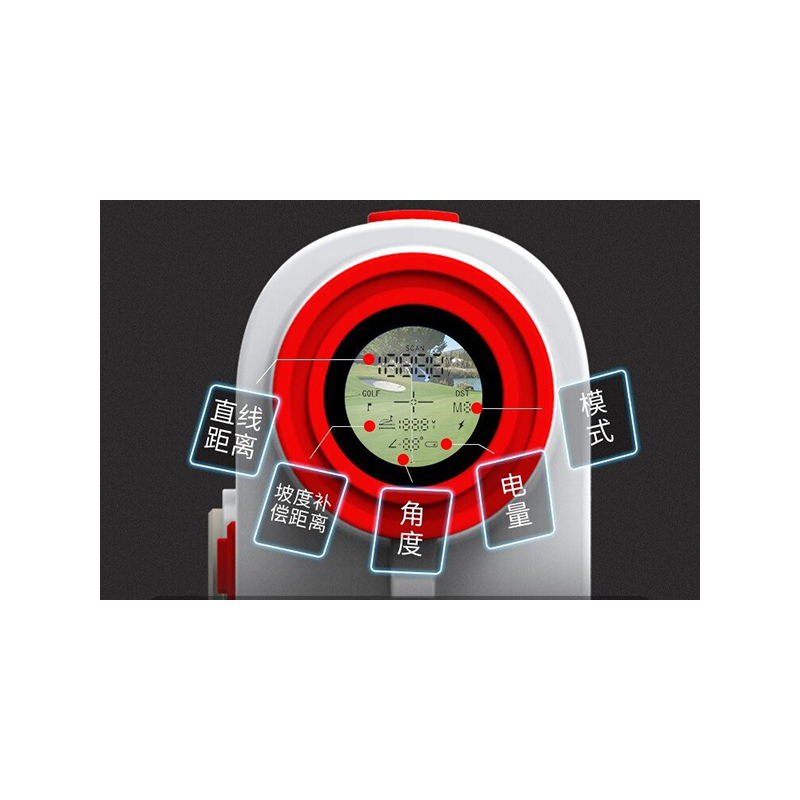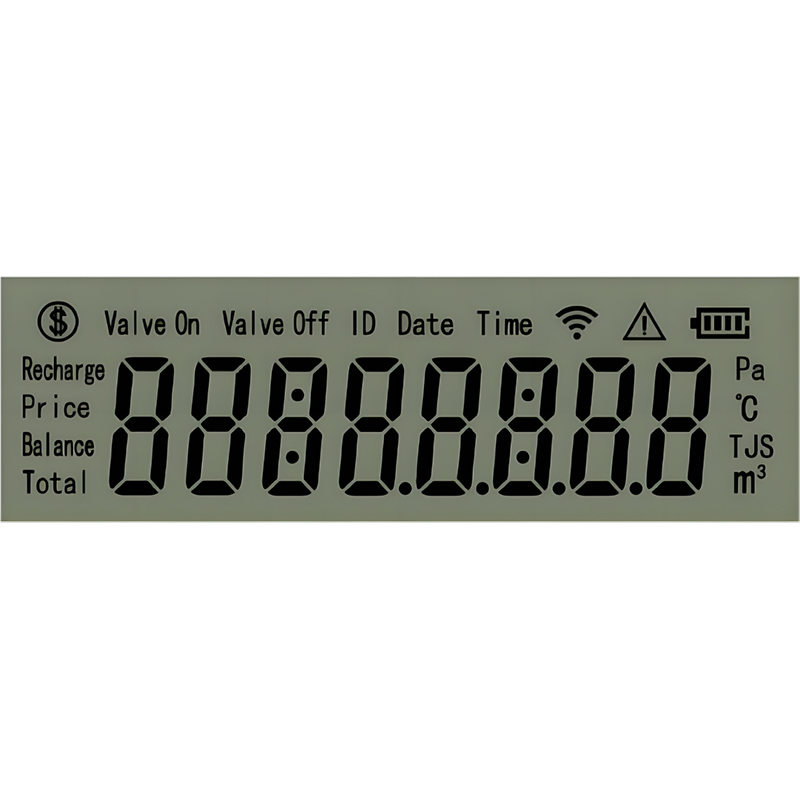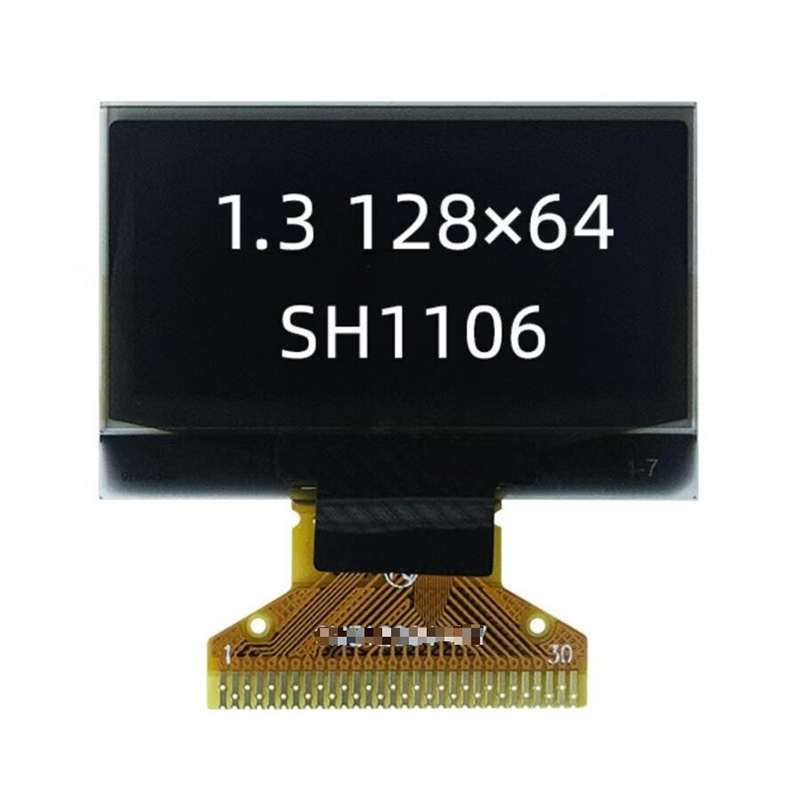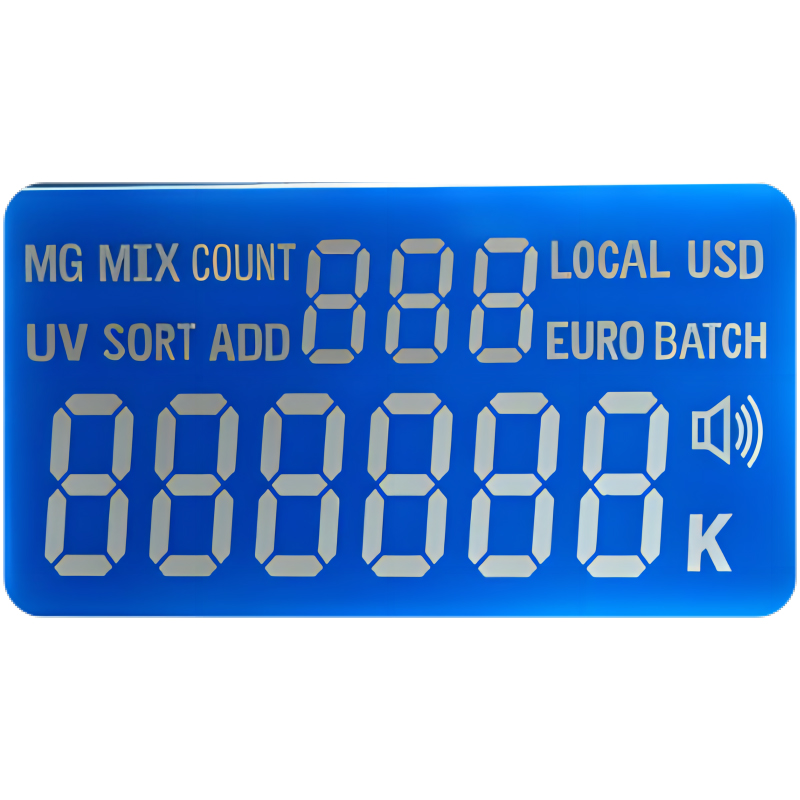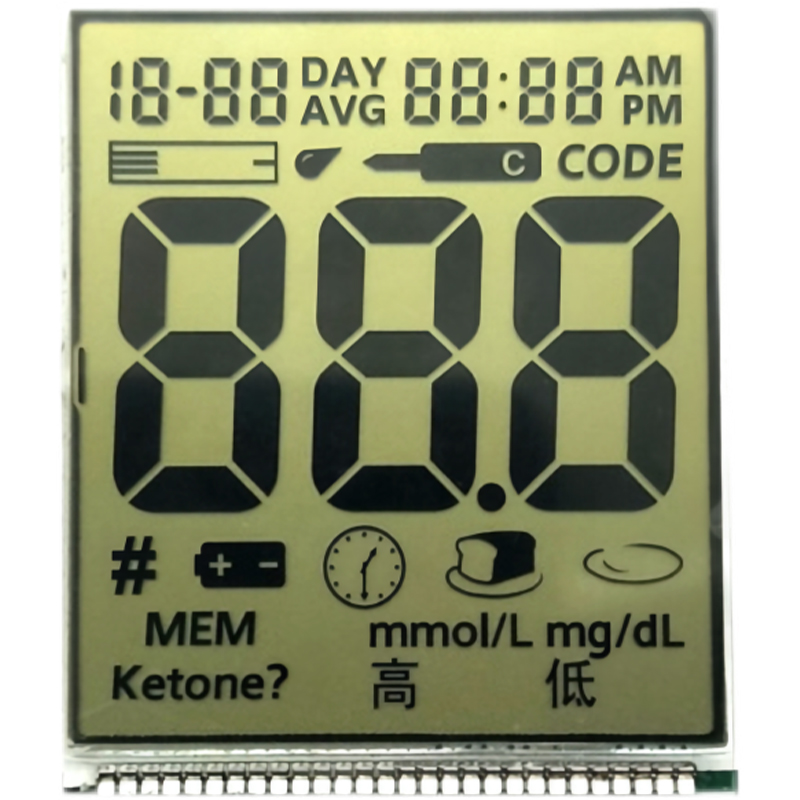
Choosing the Right HDMI TFT Display for Your NeedsThis guide provides a comprehensive overview of HDMI TFT displays, helping you understand their features, specifications, and applications to make an informed purchase decision. We'll cover different types, resolutions, and factors to consider when selecting the best HDMI TFT display for your specific requirements.
HDMI TFT displays combine the versatility of High-Definition Multimedia Interface (HDMI) connectivity with the crisp visuals of Thin Film Transistor (TFT) technology. TFT displays use individual transistors to control each pixel, resulting in high-resolution images with excellent color accuracy and contrast. The HDMI input allows for seamless connection to a wide range of devices, including computers, game consoles, and Blu-ray players. This combination makes HDMI TFT displays incredibly popular for various applications.
One of the most crucial considerations is the resolution and size of the display. Resolutions range from standard definition (SD) to ultra-high definition (UHD or 4K), each offering a different level of detail. Screen size varies greatly, from small displays suitable for embedded systems to large monitors ideal for professional use. Choosing the right resolution and size depends entirely on your specific application. For instance, a high resolution is crucial for tasks requiring intricate details like image editing, while a smaller display might suffice for a compact device.
Response time measures how quickly a pixel changes color, affecting the clarity of moving images. A faster response time is essential for applications like gaming, where quick transitions are crucial. Refresh rate, measured in Hertz (Hz), indicates how many times per second the image is refreshed. Higher refresh rates reduce motion blur, resulting in a smoother viewing experience. For fast-paced visuals, a high refresh rate is key, whereas slower refresh rates are usually sufficient for static content.
Brightness, measured in candelas per square meter (cd/m2 or nits), indicates the display's light output. A higher brightness level is preferable for environments with ambient light, while lower brightness suffices in darker settings. The contrast ratio represents the difference between the brightest white and the darkest black the display can produce. A higher contrast ratio leads to richer, more vibrant images.
Beyond HDMI, some HDMI TFT displays offer additional connectivity options like VGA, DVI, or DisplayPort, expanding their compatibility with various devices. Check the display's specifications to ensure it meets your connectivity needs.
Selecting the perfect HDMI TFT display involves carefully considering your budget and application. High-end displays with advanced features come with higher price tags, whereas more basic models offer excellent value for simpler applications. For example, if you need a display for a critical application like medical imaging, you’ll prioritize accuracy and reliability. However, for a home theater setup, larger screen size and high refresh rates might be more important.
Several types of HDMI TFT displays cater to various applications:
| Model | Resolution | Size (inches) | Response Time (ms) | Refresh Rate (Hz) | Brightness (nits) |
|---|---|---|---|---|---|
| Example Display A | 1920 x 1080 | 24 | 5 | 60 | 250 |
| Example Display B | 3840 x 2160 | 32 | 1 | 144 | 350 |
| Example Display C | 1280 x 800 | 15 | 8 | 60 | 200 |
Note: These are example displays and specifications may vary. Always check the manufacturer's website for the most up-to-date information.
Selecting the ideal HDMI TFT display requires careful consideration of several factors, including resolution, size, response time, refresh rate, brightness, contrast ratio, and connectivity options. By understanding these specifications and your specific needs, you can make an informed decision and choose the perfect display for your application. For a wide range of high-quality HDMI TFT displays, consider exploring the options available at Dalian Eastern Display Co., Ltd. They offer a diverse selection to meet various needs and budgets.

